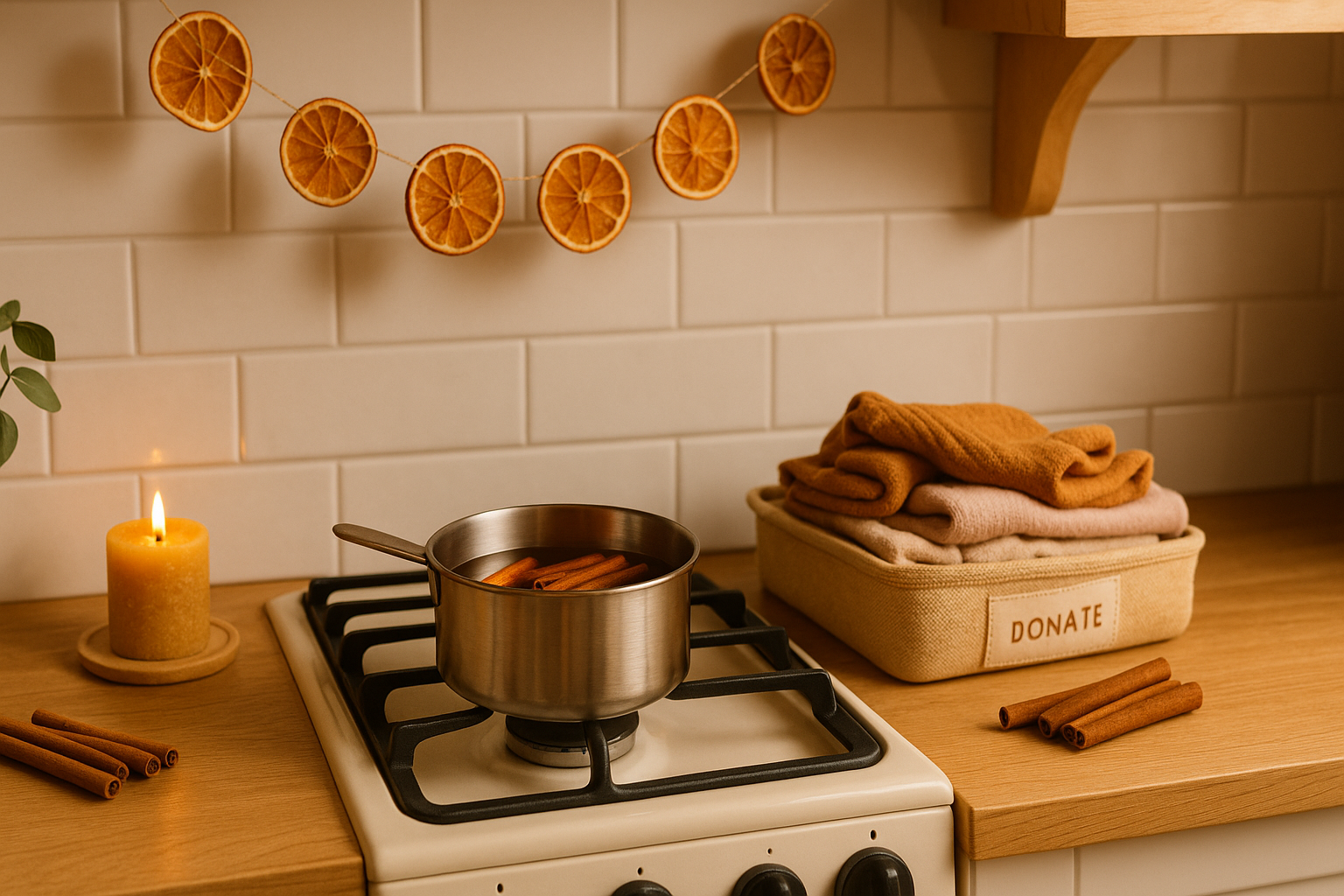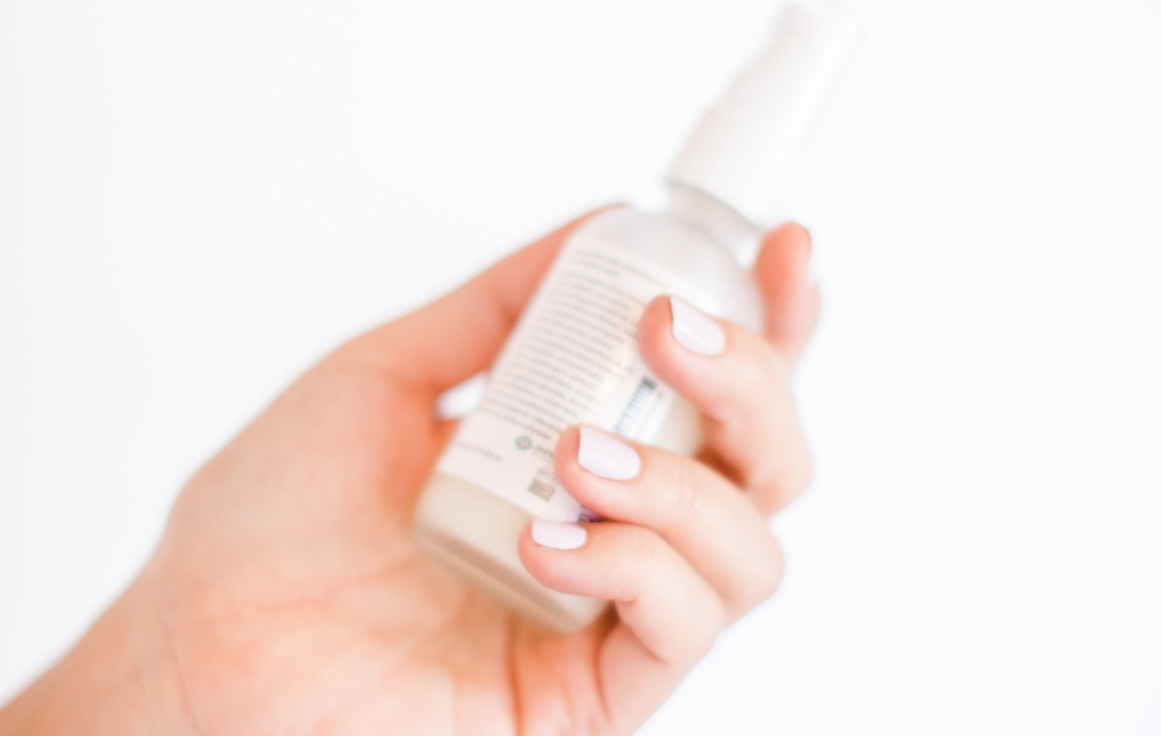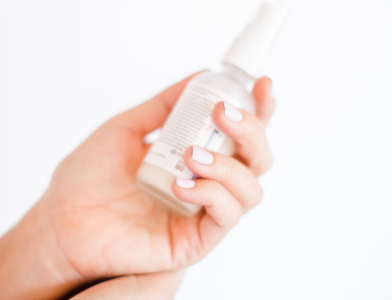The arrival of fall brings cozy sweaters, warm drinks, and that unmistakable pumpkin spice aroma wafting through your home. Lighting a seasonal candle seems like the ultimate mood-setter. But before you settle into those cozy vibes, let’s look at what might really be swirling in your air and how to enjoy the season safely.
What Makes That Fall Scent So Problematic?
Candles promise comfort and relaxation, but many release invisible pollutants as they burn. That pumpkin pie fragrance could contain much more than meets the nose, quietly polluting the air in your living space.
- Volatile Organic Compounds (VOCs): Common in most candles, these chemicals such as phthalates, formaldehyde, and polycyclic aromatic hydrocarbons,are air pollutants linked to cancer and hormone disruption.
- Paraffin Wax: The base of most candles, this petroleum byproduct releases toxic soot and smoke. If you ever see black smoke after blowing out a candle, that’s toxic particulate matter in action.
- Fragrance Hiding Spots: Labels like “fragrance” or “parfum” cover dozens of unlisted, potentially dangerous chemicals. Even candles labeled as “natural” or “non-toxic” can hide these ingredients through vague or misleading terminology.
The Health Impact – Especially for Kids
Children are far more sensitive than adults to airborne toxins. Their developing lungs, brains, and hormones are uniquely vulnerable to even trace exposures.
- Phthalates: Linked to asthma, eczema, hormone disruption, and even behavioral disorders in children.
- Transgenerational Effects: Some substances, like benzo[a]pyrene (a compound found in candle soot), can cause DNA damage that carries over to future generations.
Kids spend more time closer to the floor where pollutants settle. A candle flickering in one room can quietly add to their total toxic load, even if you only burn it occasionally.
Are Alternatives Any Better?
Swapping candles for wax melts, sprays, or plugins sounds safer but often just changes the package, not the risk. These alternatives can release VOCs or synthetic fragrances, layering even more chemicals into your home environment.
- Wax Melts: When heated, can emit terpenes, which react indoors to form ultrafine particles that travel deep into your lungs.
- Sprays & Plugins: Continuous sources of synthetic fragrances; many don’t disclose their full ingredients and can introduce allergens or hormone disruptors that stick to surfaces and linger in the air.
What to Choose Instead
It is possible to enjoy healthy, safe scents and a cozy glow without the risks. Here’s what to look for:
- Beeswax or coconut wax candles with essential oils: Only buy those with a full, transparent ingredient list. Avoid any labeled “fragrance” or with unlisted blends.
- Himalayan salt lamps: These provide a warm ambiance without emissions.
- Homemade simmer pots: Simmer cinnamon sticks, orange peels, and cloves on the stove for a natural, nontoxic scent.
- Make-your-own sprays: Mix essential oils with water in a spray bottle for a quick, customizable freshener.
Recommended brands: Natural Sloth and Fontana Candle Company offer transparent, safer ingredients in their wax products.
Hidden Toxins in Fall Decor
Scented products aren’t the only sources to watch out for. Seasonal decorations can be made from PVC and coated with glitter or synthetic scents that off-gas chemicals for weeks.
- Safer Seasonal Decor: Use dried citrus, wood, glass, or thrifted items instead. Dried orange garlands, herbs, or wooden accents can bring the fall spirit without hazardous exposures.
You don’t have to sacrifice your favorite fall feeling. With a few swaps, you can create a safer, cozier home for your family—one that truly supports everyone’s health.
Key Takeaways for a Healthier, Cozier Fall
- Read the labels: Look for true transparency and avoid vague claims.
- Skip the synthetics: Choose unscented beeswax or coconut wax candles with pure essential oils.
- Opt for homemade solutions: Simmer pots and essential oil sprays are easy, affordable, and safe.
- Choose natural materials: Decorate with glass, wood, or dried botanicals to avoid off-gassing plastics.
Creating a safer home is not about perfection. It’s about informed, intentional choices that make a real difference. Your fall rituals can be both cozy and clean – no compromises required.
Dr. Yvonne Approved Candles and Wax Melts
Natural Sloth Candles and Essential Oil Home Sprays (10% off with code DRYVONNE) https://bit.ly/4iiJ0Rv
Fontana Candle Co. Candles and Wax Melts (15% off with code DRYVONNE) https://bit.ly/42KjWgu
Links provided on this page are affiliate links, which means if you click on it and make a purchase I may earn commission. The commission comes at no cost to you and allows me to continue my research. Note- I only recommend products that I personally use and/or trust. I will always disclose whether a link is an affiliate link, and never recommend products solely for the purpose of commission.
References
- Al Khathlan N, Basuwaidan M, Al Yami S, Al-Saif F, Al-Fareed S, Ansari K. Extent of exposure to scented candles and prevalence of respiratory and non-respiratory symptoms amongst young university students. BMC Public Health. 2023 Jan 11;23(1):80. doi: 10.1186/s12889-023-15001-6. PMID: 36631840; PMCID: PMC9832800.
- Wang Y, Qian H. Phthalates and Their Impacts on Human Health. Healthcare (Basel). 2021 May 18;9(5):603. doi: 10.3390/healthcare9050603. PMID: 34069956; PMCID: PMC8157593.
- Lim J, Shioda T, Malott KF, Shioda K, Odajima J, Leon Parada KN, Nguyen J, Getze S, Lee M, Nguyen J, Reshel Blakeley S, Trinh V, Truong HA, Luderer U. Prenatal exposure to benzo[a]pyrene depletes ovarian reserve and masculinizes embryonic ovarian germ cell transcriptome transgenerationally. Sci Rep. 2023 May 29;13(1):8671. doi: 10.1038/s41598-023-35494-w. PMID: 37248279; PMCID: PMC10227008.



